Our first long trip after lockdown. As usual we’ve made only for the first couple of nights, have taken ferry tickets and the rest was left for destiny to decide.
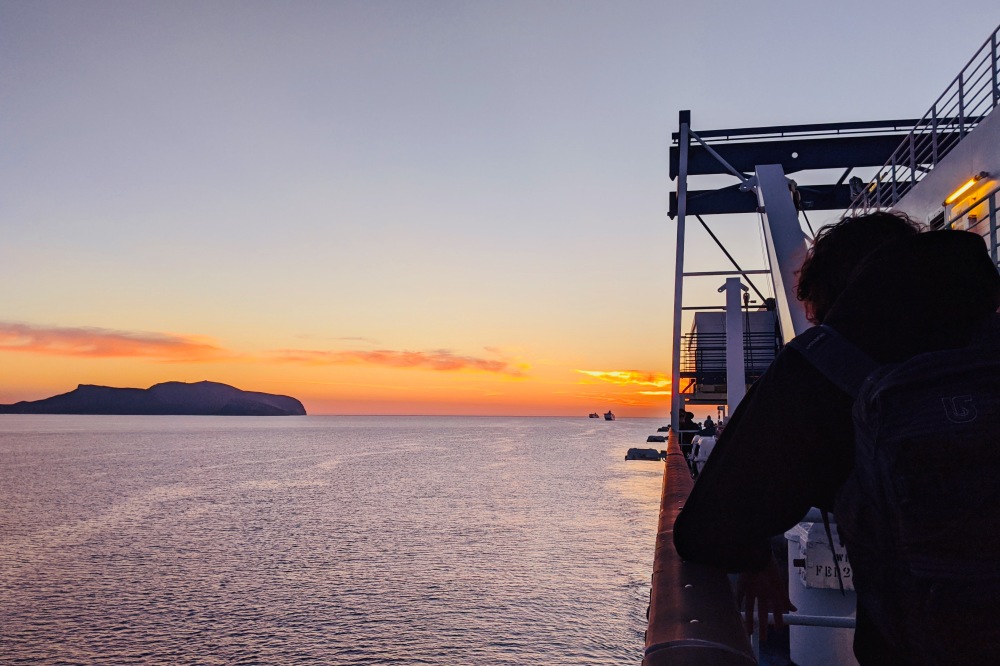
When you get off the boat in Olbia, you are immediately overwhelmed by the perfume of the elicriso, and the mix of other tens of mediterranean essences: rosemary, thyme, wild fennel and pines, gently blended by the salty wind into a fantastic cocktail for your nose.
Then you are on the road going south on the eastern coast on the ss125, direction Santa Maria Navarrese in the area of Ogliastra, passing through the Supramonte and the astonishing 50/60km from Dorgali to Baunei, where even a canyon suddenly pops up, the Gorropu gorge, distracting you from the fantastic curves and the perfect conditions of the asphalt.
Ogliastra. Santa Maria Navarrese
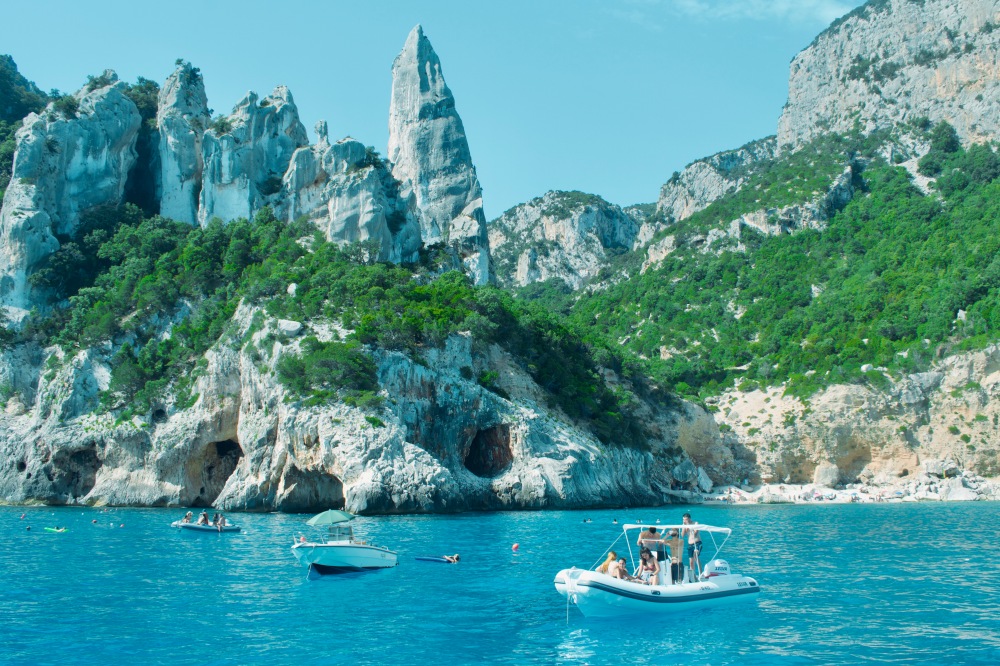
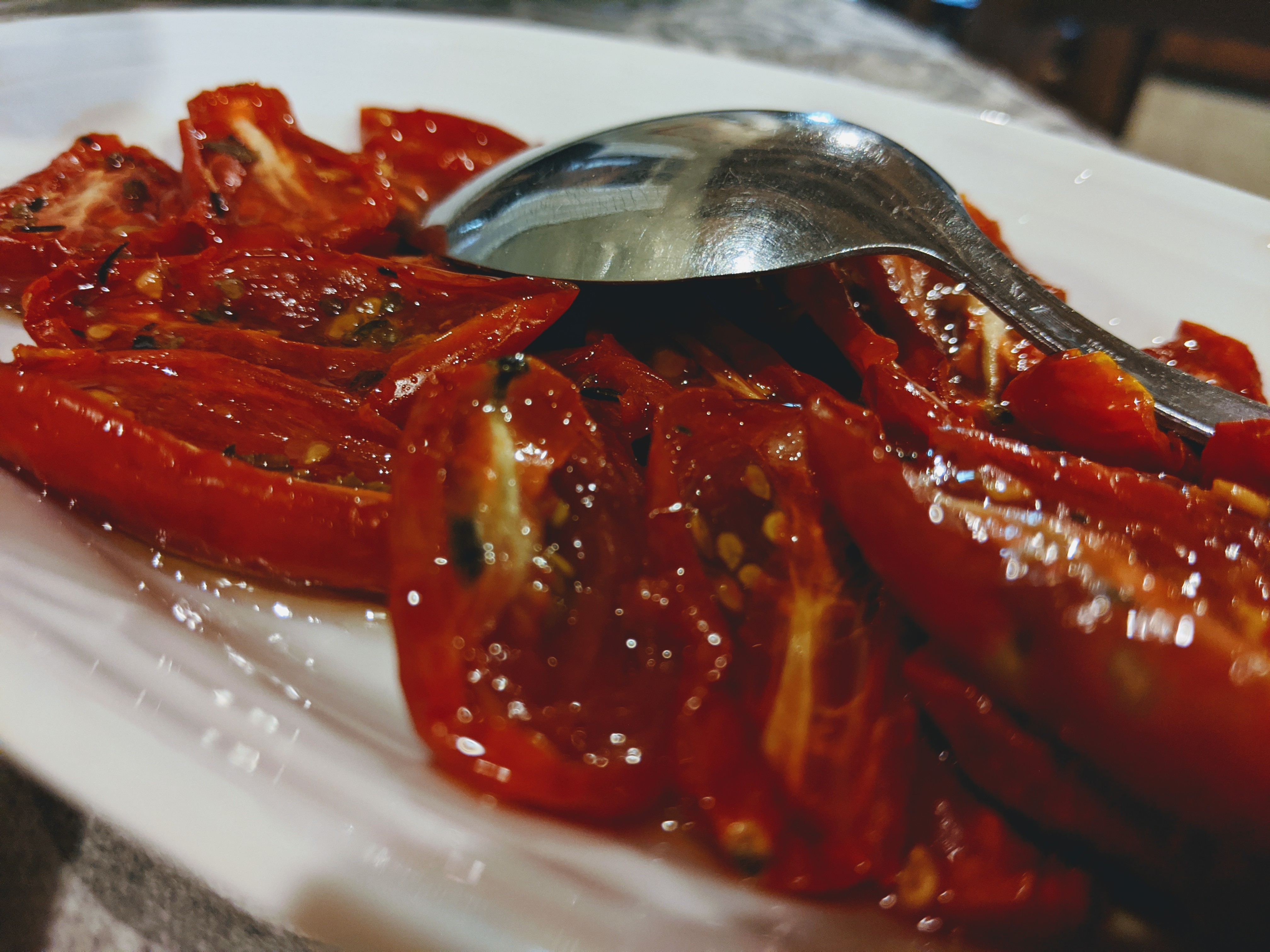
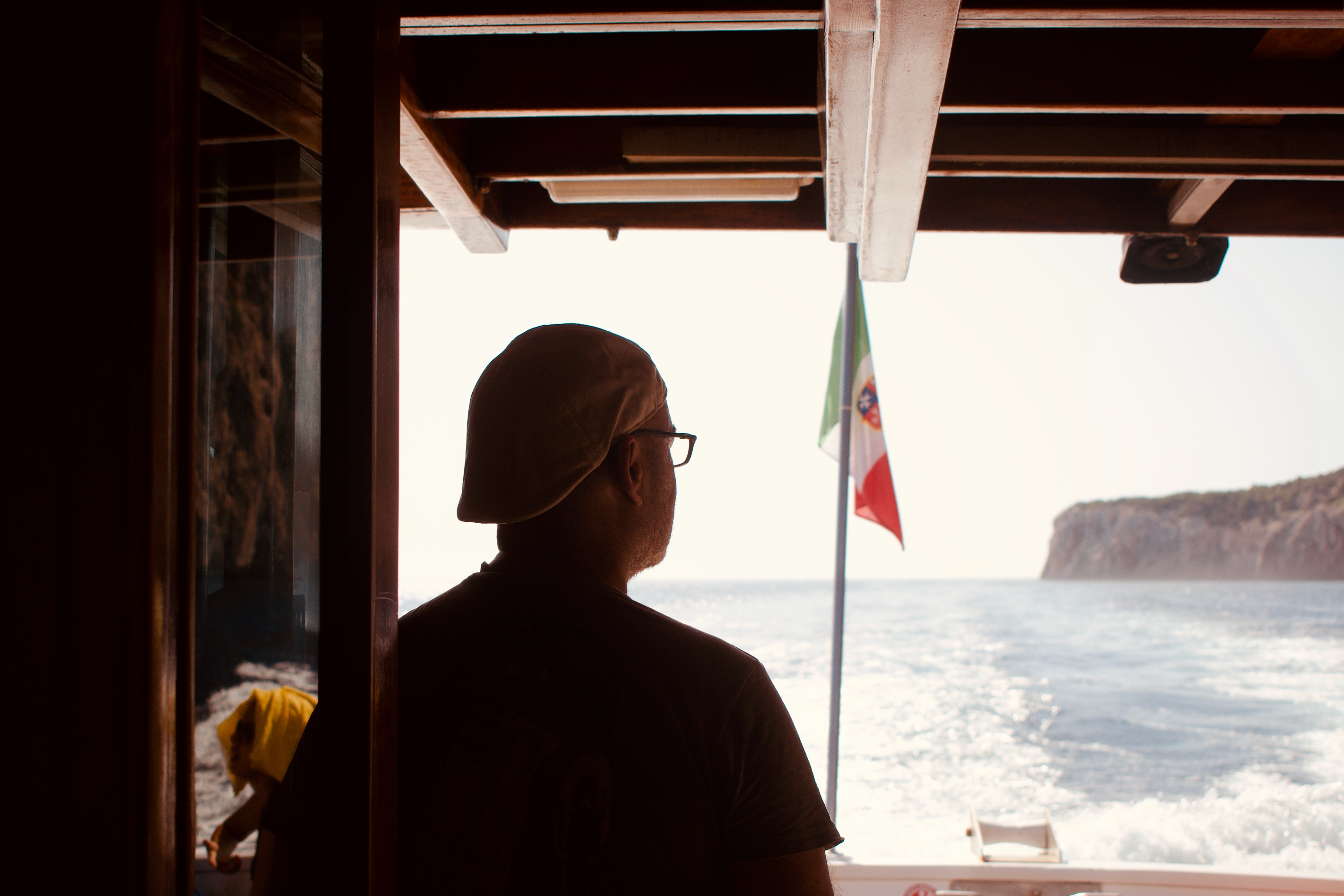

Despite the pandemic situation we’ve been greeted very warmly by hosts and we’ve witnessed traditional dry tomatoes preparation right on the roof of the building under the sun and salty sea wind. The whole Ogliastra area is very easy, relaxing and less posh compared to many regions of Sardinia. The scenario that fitted us very well was to take a boat one day to explore marvelous white sanded coves – Cala Luna, Cala Goloritzè, Cala Gonone – (not missing the Cave of the Fig, the last refuge of monk seal) and the rest of the time lie down on the beach under the pines. To make the road to the beach less ordinary sometimes we’ve been choosing mud ways like Colostrai pond with its salty lake along the road.
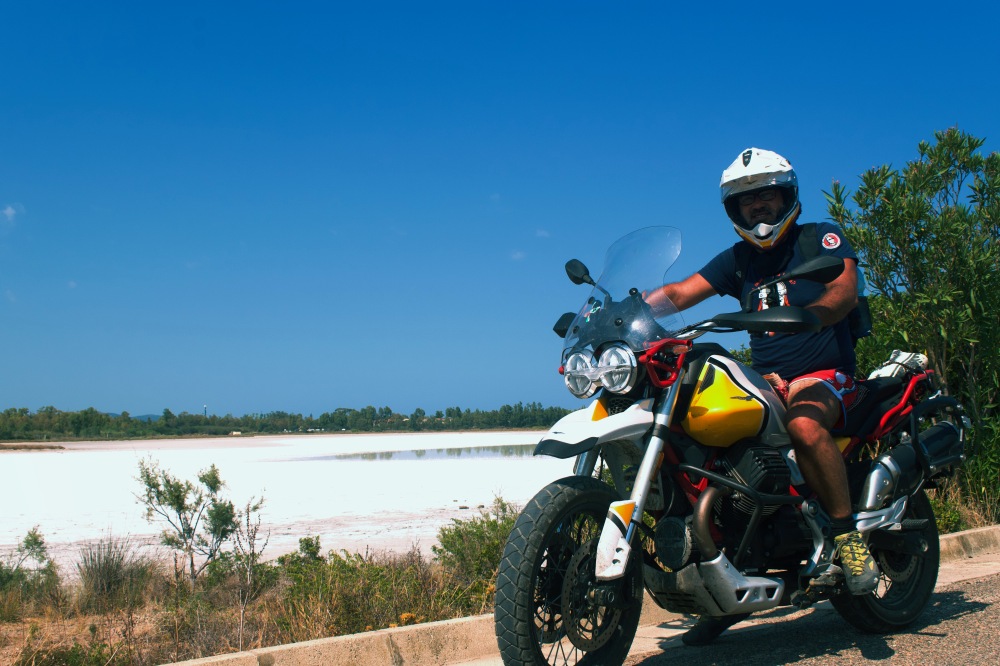
One evening we paid a visit to Arbatax which meant to be a chic place but turned out to be a nice village with incredibly beautiful bays, delicious restaurants and a nice walk along the coast to the lighthouse.
Baunei. Pedra Longa
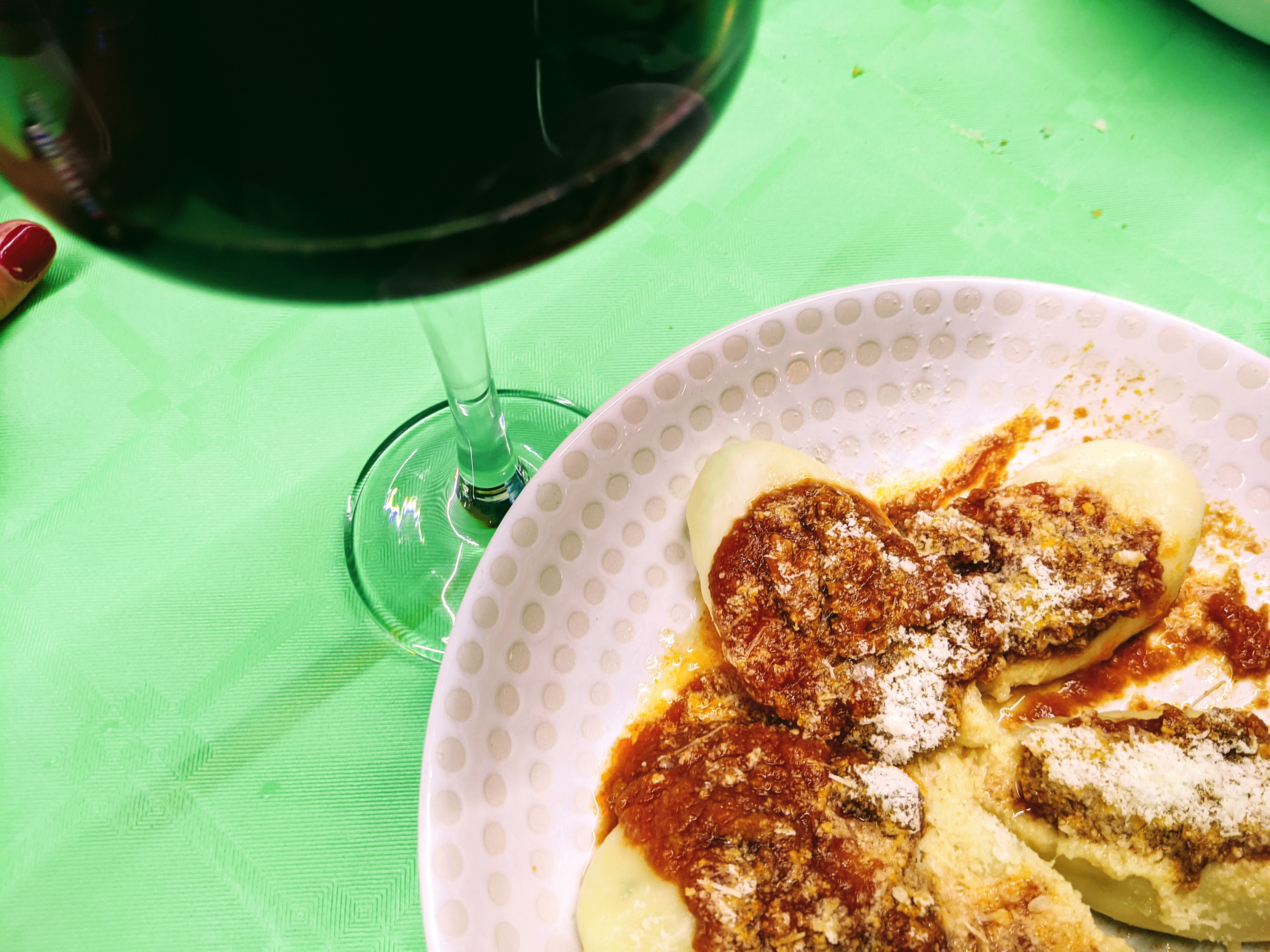
From Santa Maria Navarrese moving inland these two places are worth visiting. Baunei has its nice atmosphere of town placed between mountains and the sea. Our first local pasta – Culurgiones – was tasted there.
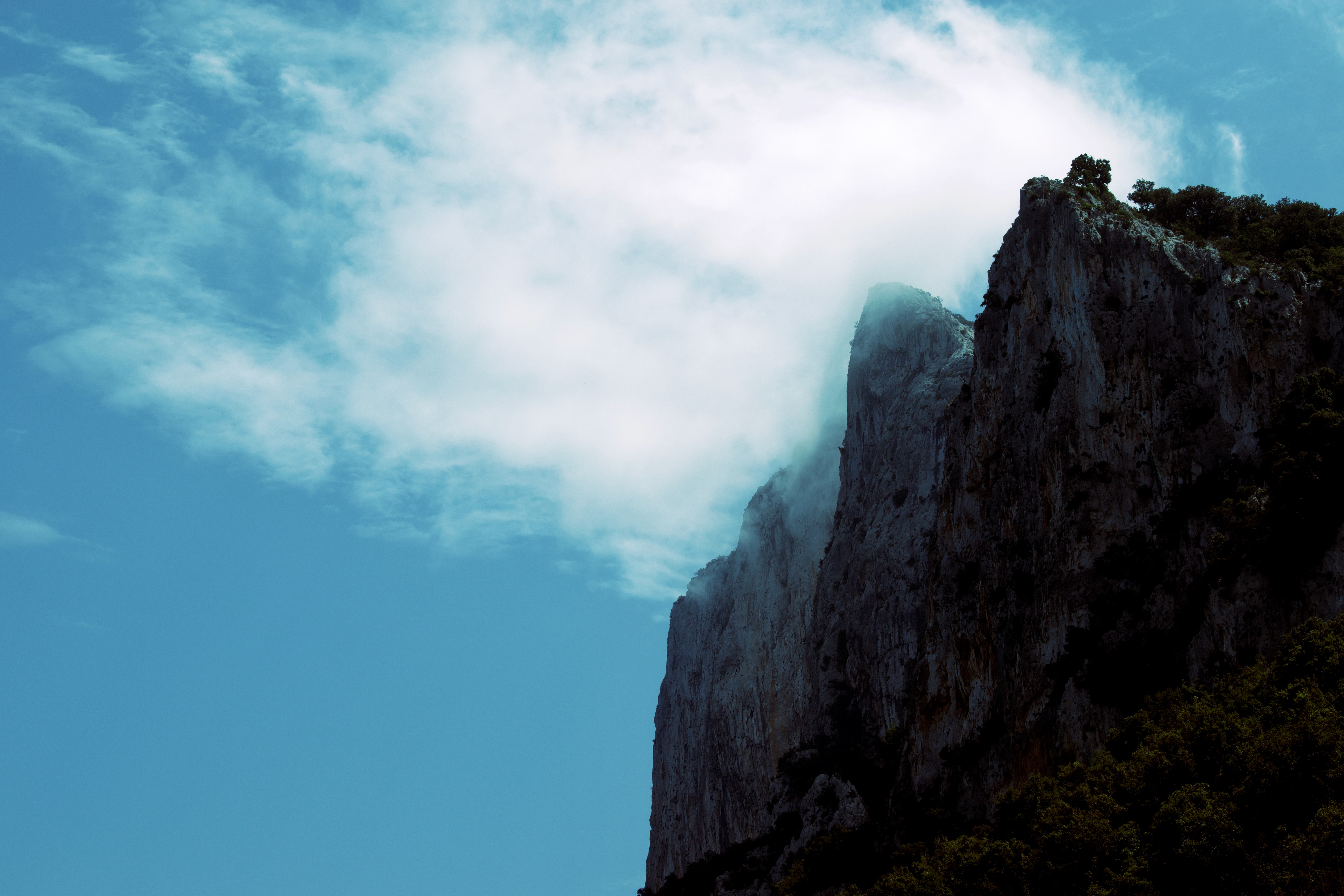
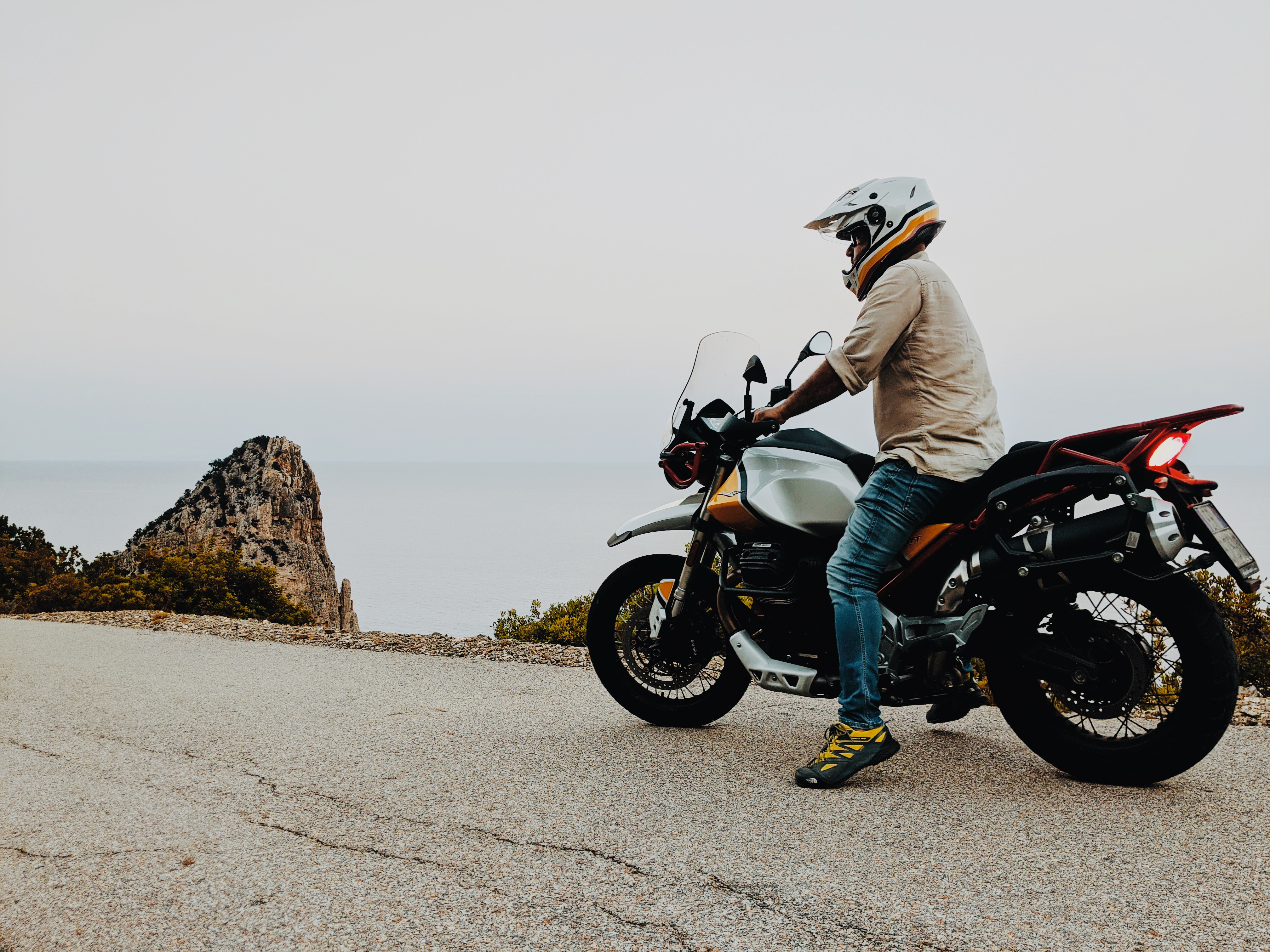
A tip for a biker on a way back to the sea would be take a deviation along the mountain chain and go to Pedra Loga – a massive rock right in front of the coast and book the dinner in a restaurant on top of the cliff with suggestive view.
Villasimius
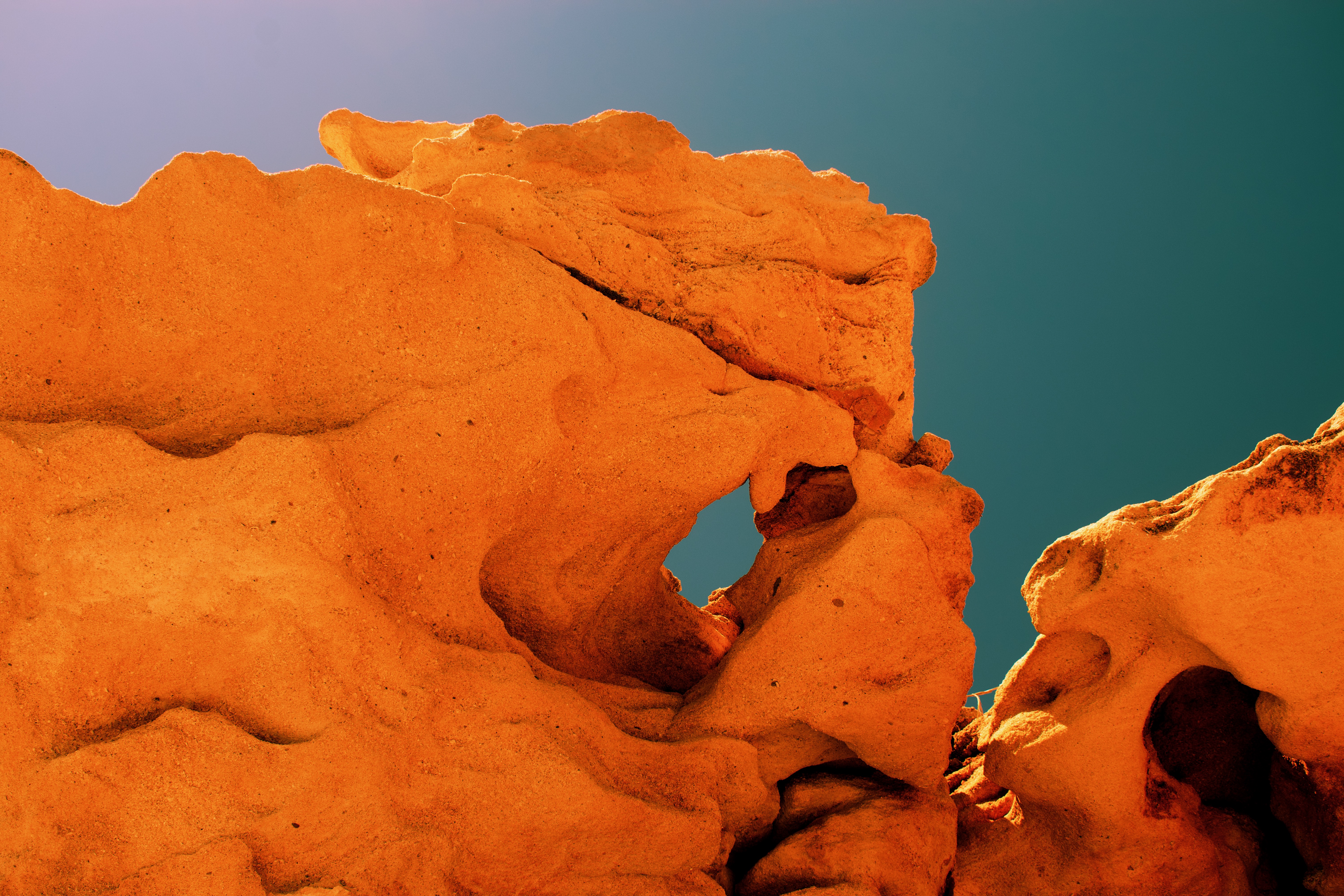
Our stay we’ve selected far from local nightlife in an elegant family B&B S’Arenada spending days crawling on a beach and trying to remember if we’ve ever seen a more spectacular sea. As a supplement, a normal wildlife for South Sardinia – pink flamingos – populates off the coast blue lagoones.

Beaches: Porto Giunco, Campus, Capo Carbonara, Campulongu, Old Fortress
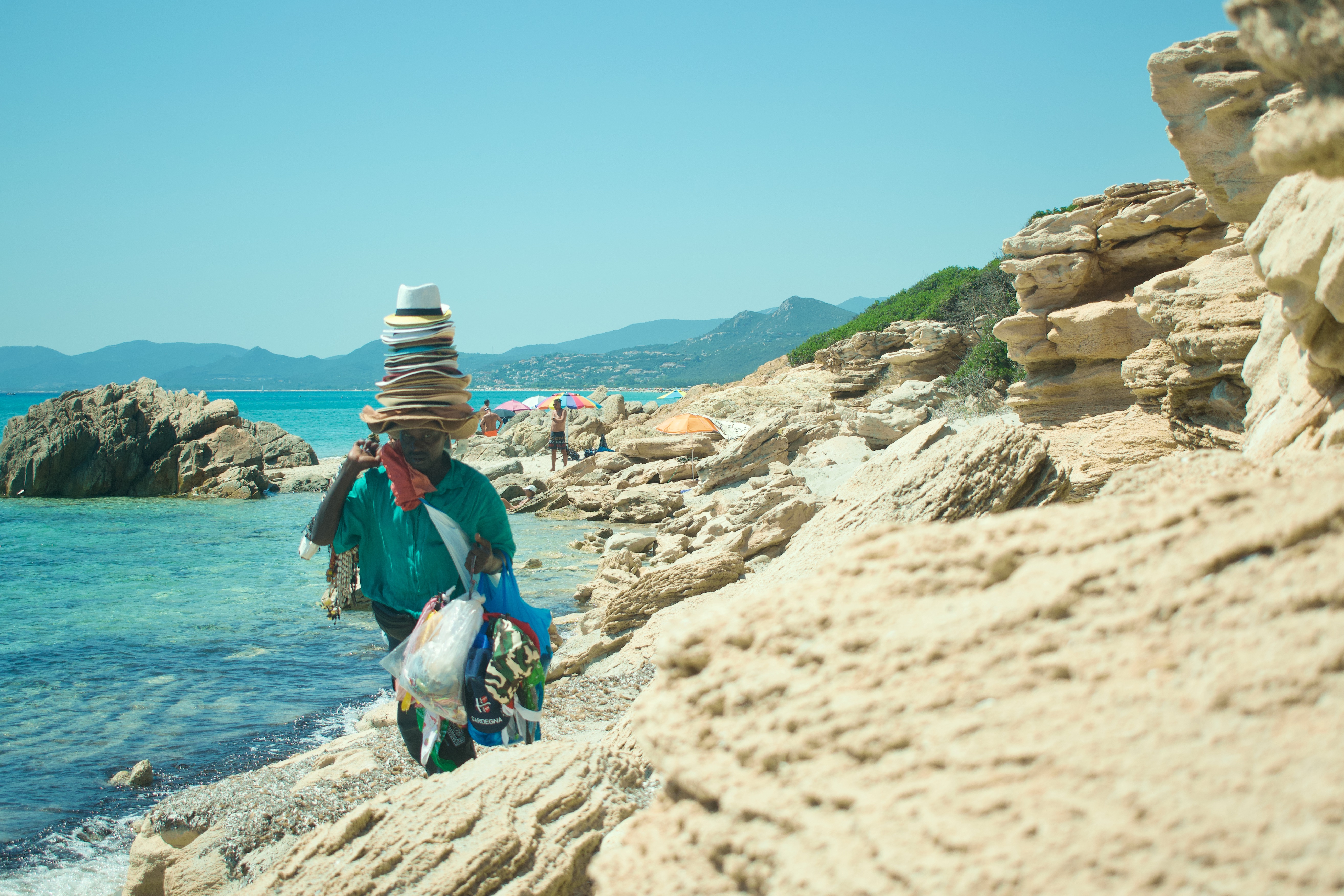
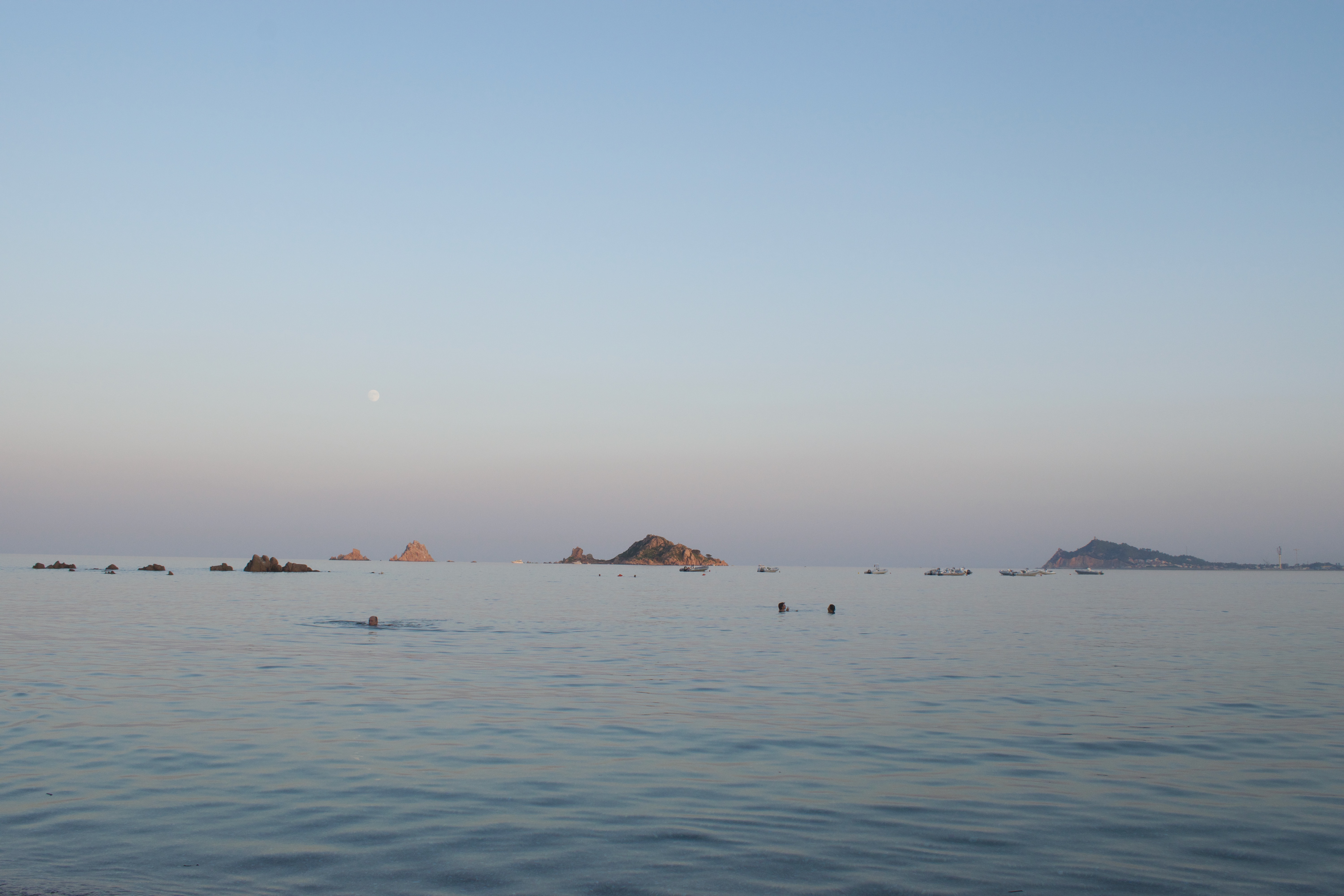
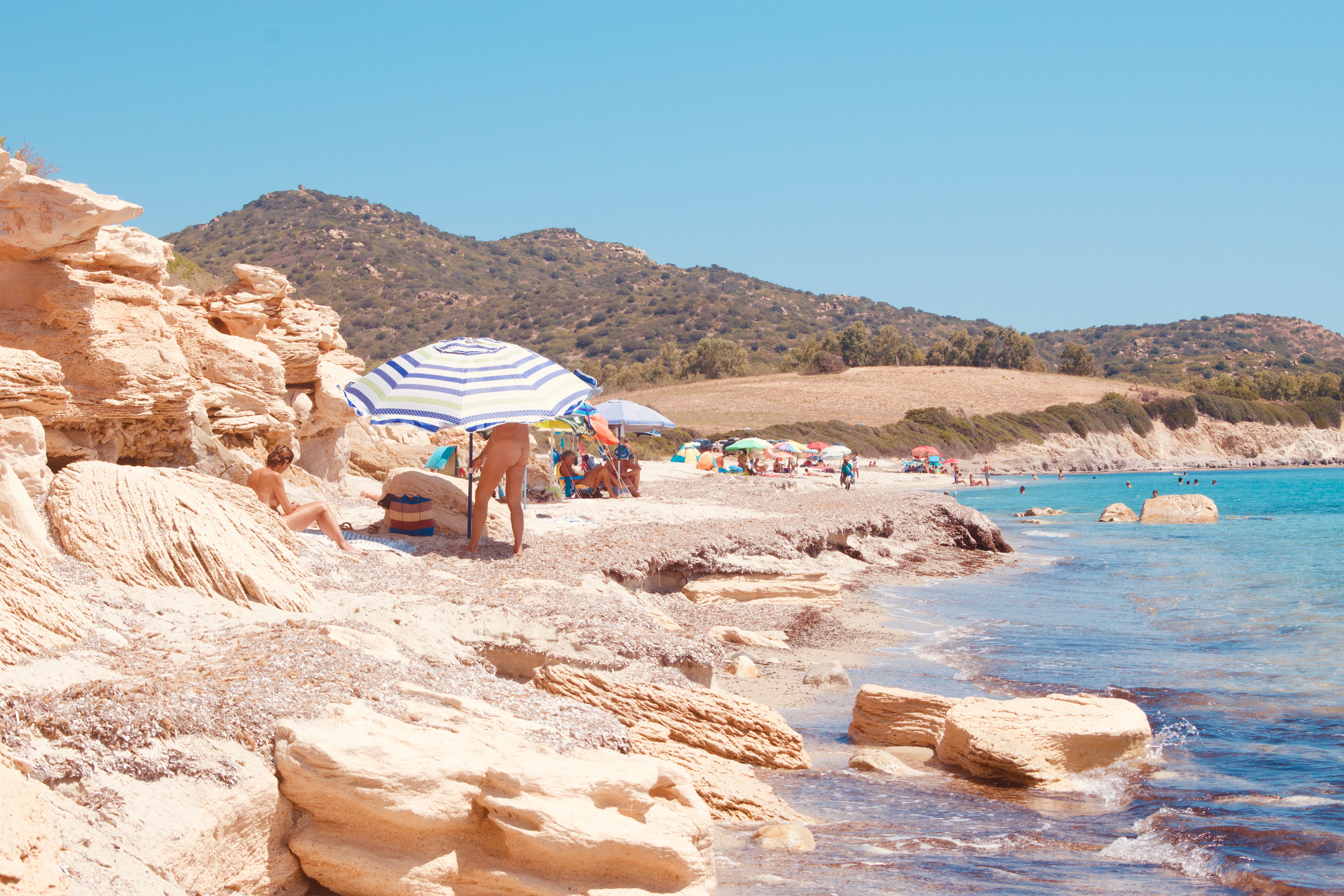
In the evening Villasimiuis is a cute tourist village to take a walk and have dinner. Since we were travelling during traditional italian august holidays some restaurants were having availability after two weeks, many places were fully booked. But with a little bit of charm and good recommendations from our hosts we always managed to obtain our table.
Pula. Tuerredda beach
Going south the density of people around was getting higher and booking the restaurants and hotels was even harder but our next place to stay was by the eucalypts roadside leading to the empty beach. The ants should’ve bothered us but they didn’t.

Since COVID issues the most beautiful Tuerredda beach on the island has limited access and probably at 5 a.m. is already fully booked. Since we’re not early birds we moved to Cala Cipolla beach. After spending a couple of hours next to the people watching portable TV on a beach, eating boiled eggs and grilled chicken we decided to explore the coastline roads and weren’t disappointed – another ride on the dirt road is always better than a crowd.
Cagliari
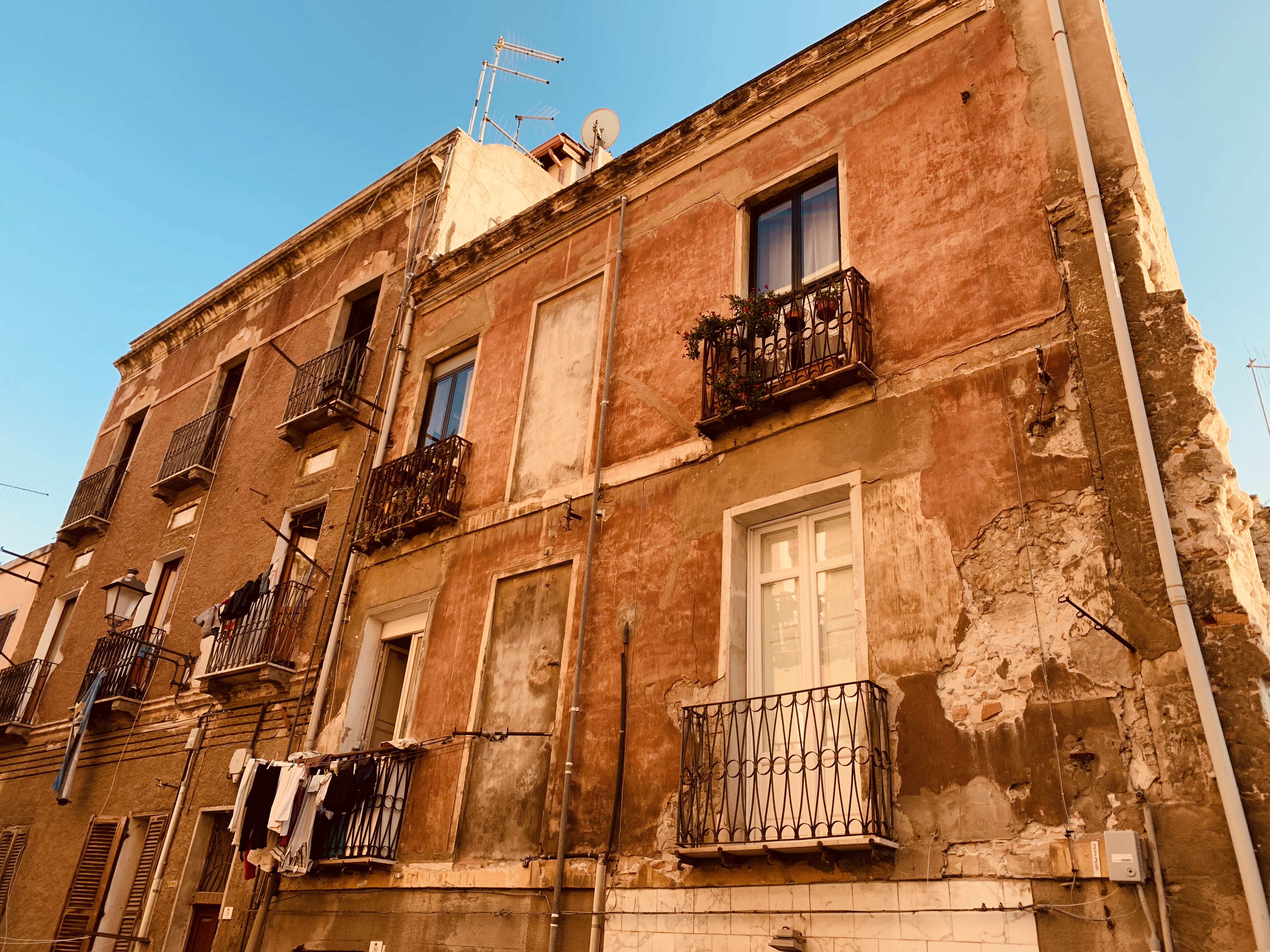
In contrast to touristic villages of Sardinia, Cagliari is happend to be a multicultural and vivid city with its dirty streets and stunning architectural beauty. The constant mix of overpopulated shouting bars and world heritages is a typical thing of South Italy. Salty breeze hits your face when you climb up the hill to observe a spectacular panorama to the city from Saint Remy Bastion.
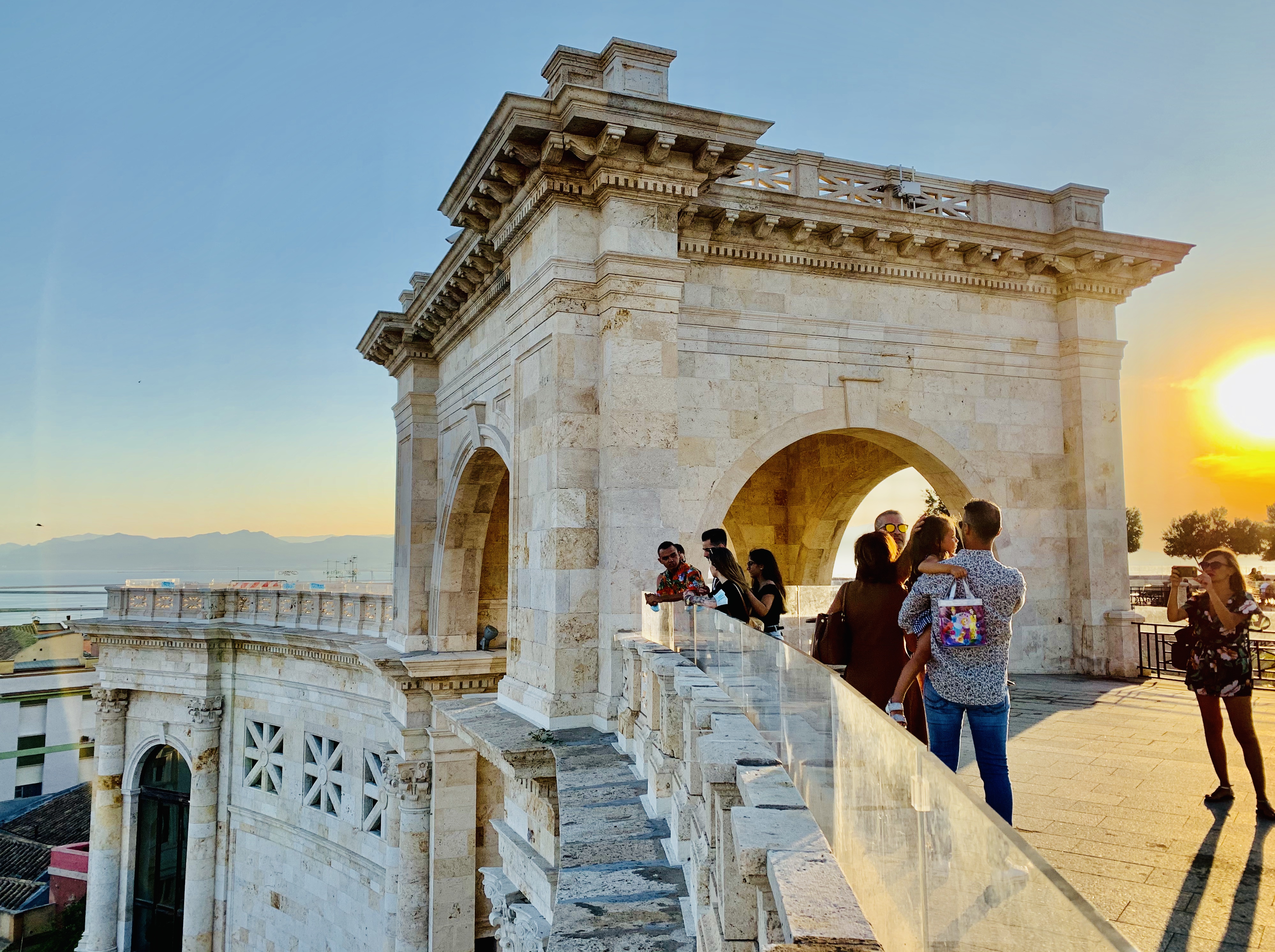
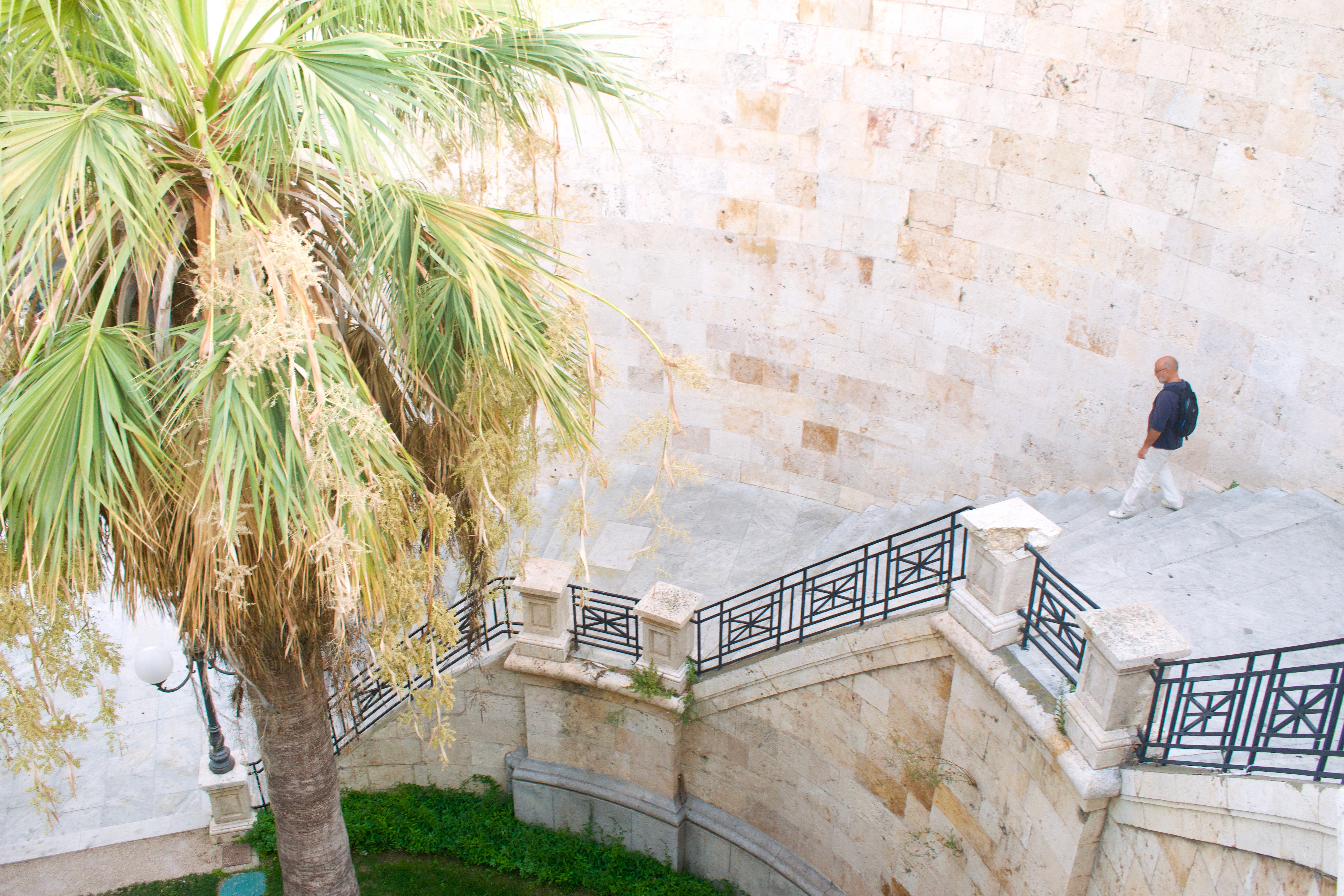
Walking among the narrow streets of the upper town you’ll find renaissance churches side by side with modern street art.
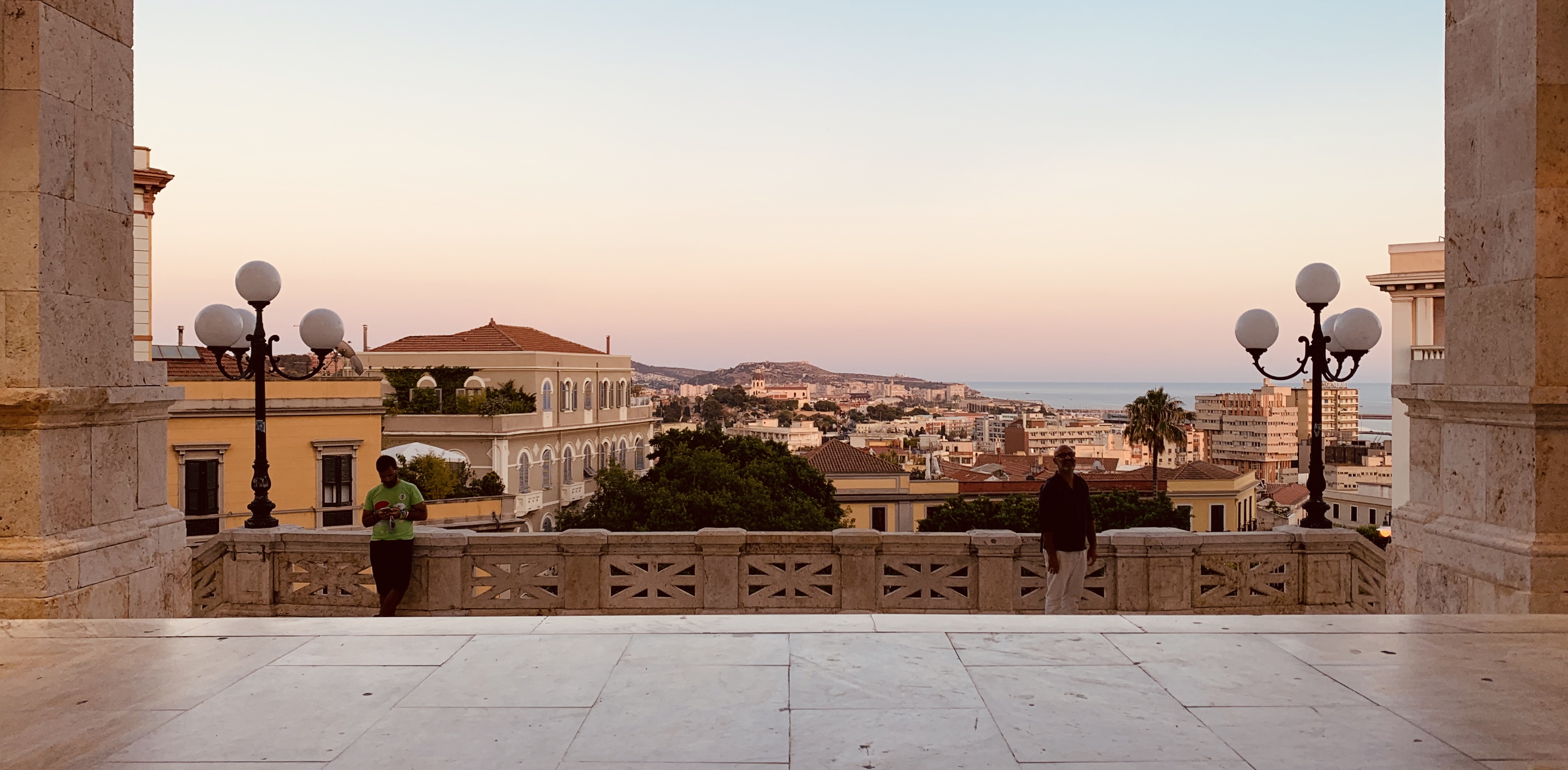
As the density on the beaches were increasing exponentially due to public holidays our action plan was about to change. Next direction – inland, Barumini and UNESCO heritage Nuraghe.
… to be continued